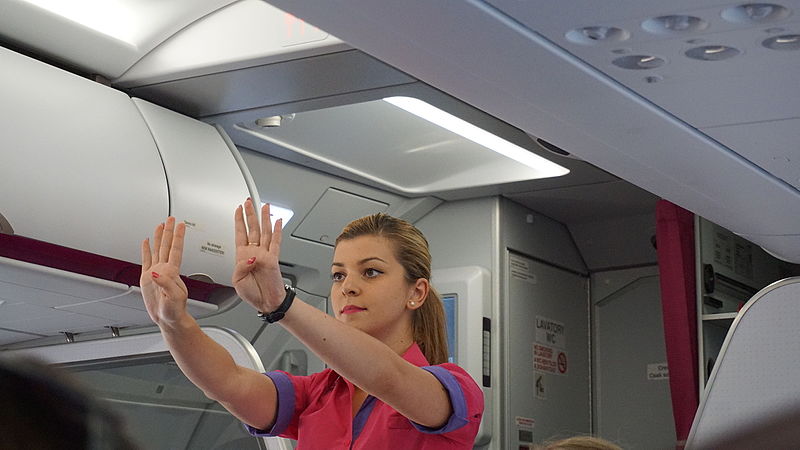On the 20th anniversary of the IATA Operational Safety Audit (IOSA), thoughts are turning toward the next generation of safety assurance.
Since its inception in 2003, IOSA has been an overwhelming success. Safety has improved significantly, industry auditing costs have been reduced, aviation insurers consider IOSA when establishing premium levels, and the lessons learned have informed risk management across a multitude of areas.
The all-accident rate for airlines on the IOSA registry since 2005 is 1.40 per million sectors compared with 3.49 per million sectors for non-IOSA airlines. Similarly, the fatality rate is 0.11 compared with 0.62. And with some 407 airlines on the IOSA registry from more than 130 countries—exceeding IATA members by more than 100—the value of IOSA to the broader industry is clear.
“The story so far is very positive,” agrees Serkan Simitcioglu, Head of IOSA. “The program has become a center of excellence for safety auditing. But that is also the challenge we have going forward. How do we keep up this incredible momentum?”
Humble beginnings
The original aim of IOSA was simply to reduce an audit frenzy, with regulators requiring airlines to audit each other before they could start codesharing. As a single internationally accepted audit process for airlines, IOSA replaced a multiplicity of audit practices that lacked common standards and consistency.
But the audit soon evolved, and in 2008 the IATA Board of Governors voted to make IOSA mandatory for IATA members. Even States joined in, with many making it part of their safety oversight.
Over the past 20 years, the IOSA checklist has been constantly upgraded and spin-offs include the IATA Safety Audit for Ground Operations (ISAGO) and the IATA Safety Standard Assessment (ISSA), which extends the benefits of the IOSA program to the operators of smaller aircraft. Safety Management Systems have been introduced and Enhanced IOSA promoted the idea of a constant safety focus as opposed to a biannual compliance exercise.
Now, IOSA is a byword for safety. It is essential for virtually all wet leasing or codeshare agreements, for example. IOSA has even moved into the sustainability sphere, being the safety standard recommended by the Sustainability Accounting Standards Board and so an integral part of environmental, social, and governance (ESG) metrics.
“IOSA provides huge benefits to its registrants,” says Simitcioglu. “Aside from improving safety, it provides access to markets and agreements. But we must continue increasing the value proposition. IOSA must develop beyond a prescriptive audit.”
Risk-based IOSA
The answer to the value proposition conundrum is risk-based IOSA. This marks a move from a standardized to a customized product.
Simitcioglu explains: “Airlines must still meet all the required standards in safety. After all, the ultimate aim of IOSA will always be to improve safety. But greater emphasis will now be placed on understanding the operator profile in advance of the audit. Any safety events or operational changes will be examined and the audit scope tailored accordingly.”…



